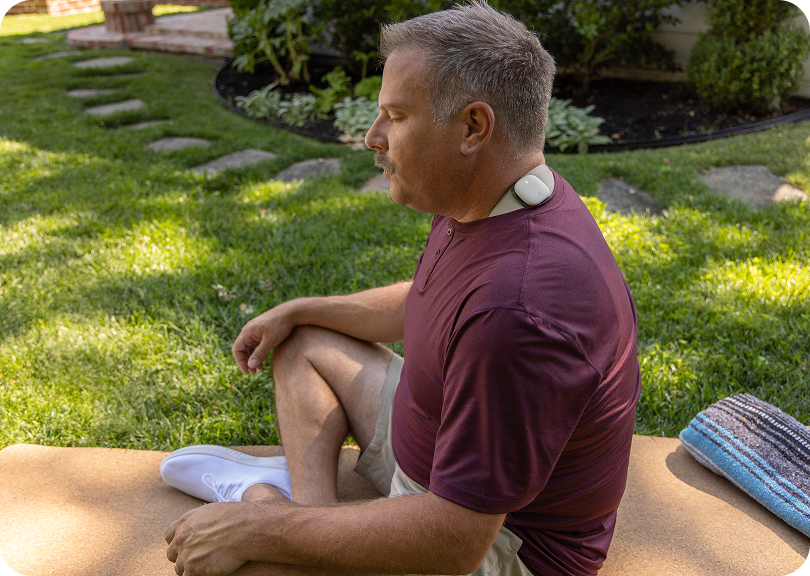How Does Enso Work to Relieve Pain?
Learn how Enso, a pain relief device from Hinge Health, works on your muscles and nerves to help reduce pain.
Date de publication : Aug 13, 2024
- Centre d'apprentissage Hinge Health
- Articles
- How Does Enso Work to Relieve Pain?
